I must be crazy. I love teaching informational text. There is just SO much out there and you can do so much with it! And kids NEED it. So much of the text students are expected to access is informational.
So, how can you teach informational text?
Here are a few tips to get started!
Really take the time to dive into the features. Student may recognize a text feature, but not be able to name it, or even more importantly, discuss its importance.
Readers need to know the purpose for each feature so they know how to “unlock” them and use them for additional information.
Keep a running list of all the text features you have learned about. This keeps the terms fresh in every one’s mind.
To start our informational unit in third grade, we listed all the names of features students brainstormed during the mini lesson. I pretty much just asked kids what text features they had heard of before. I wrote them around the heart. As we introduced or reviewed each text feature over the course of the unit, I highlighted it on the chart. I also added any new features that were not brainstormed.
Have students looked for text features while they are reading. Have students mark the page with a post it note and write how it helped them as a reader. Then, photocopy the best examples of text features and create a class chart.
Here is one we created in third grade.
Here is another example we created in second grade.
I got lucky and found an old Scholastic Newspaper that had several features that we cut up.
This keeps kids constantly on the lookout for text features as they are reading AND thinking about them as a reader.
I have done this several different ways in my class. We have created a text features book as a whole class. I modeled using and finding the features with my own text feature book with a big book. I made it out of half sheets of poster board and then bound it with binder rings.
I included the name of the convention, its definition, and what the reader learned using the feature/ convention.
Students can create their own book using any informational books from their own book boxes. It is a perfect activity for independent work during reading centers. The unit includes several other things like posters with examples, matching card game, and an assessment.
If you are looking for a similar activity, but without all the searching, check out my Animal Bites series.
Students read an informational article, answer comprehension questions, and find the main idea. I specifically wrote each article to include as many text features as possible.
After students read they article they can actually CUT the article up to create a text feature book! I reduced the article so both pages fit on one page to save copies ;). No more hunting for copies of features! It is all in one place!
Right now I have the following articles in this series and I hope to add more. ALL of them have text feature hunt books!
The BEST part about informational text is that you can use it to tie in social studies and science. I shared several ideas (and some freebies) over at
the Primary Peach!
In second grade we had to study famous Georgia figures. Our social Studies series came with these wonderful big books. I often used them in reading AND in social studies.
We went through the big book and labeled the text features with post it notes. Then, we created questions using the table of contents and answered them as we read.
In third grade, we found the main idea of the Frederick Douglass readers.
And then we turned the ideas into a paragraph about each figure.
In second grade we did something similar, but created a web to organize student thinking. We did this over several days- each color, or main idea of each section, was done a different day.
Do you feel like you need more help with reading instruction?
Sign up to have specific tips and strategies send straight to your email for FREE! You can sign up here! Please note, this is an additional, BRAND NEW newsletter that is separate from my blog newsletter. If you want to get these tips, you have to sign up here!
I hope this post gave you some a few helpful hints to trouble shoot your writing time! If you would like more ideas from me, be sure to follow me on
Teachers Pay Teachers,
Pinterest, and
Facebook to catch all the freebies and ideas and more!
Mandy Gregory is a 2007 and 2012 Teacher of the Year. She has taught Kindergarten- 4th grades in both the general education and inclusion settings. She is currently a 1st grade Special Education teacher. She is the owner and creator of Mandy’s Tips for Teachers website (www.mandystipsforteachers.com) and has over 13 years of teaching experience. She is married with two beautiful children.

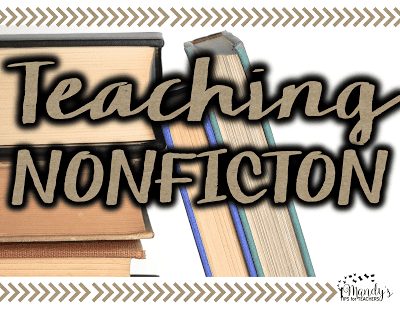

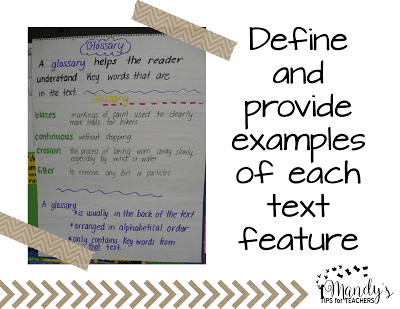
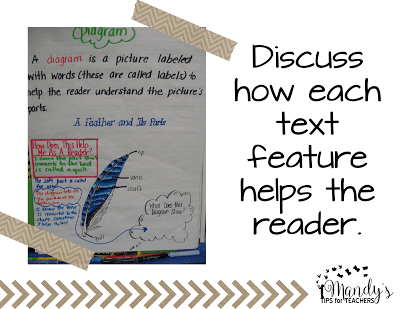
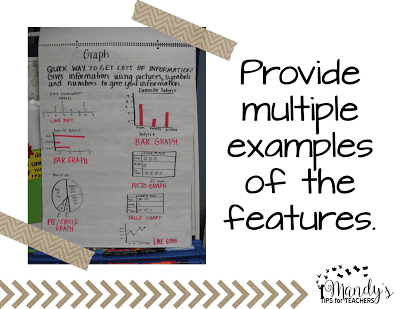

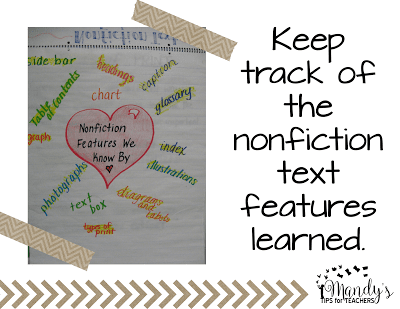

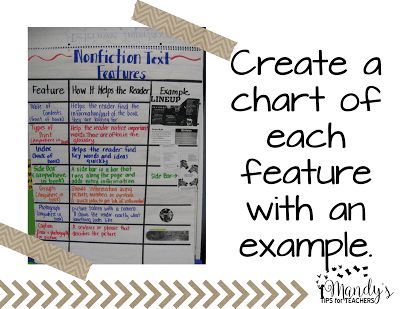




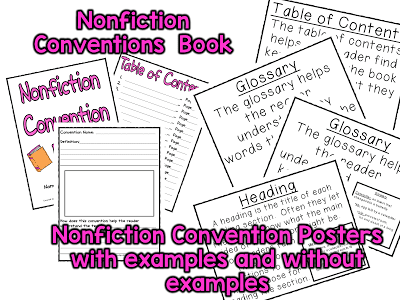




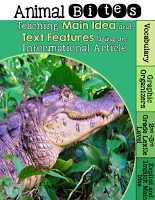
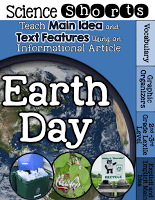

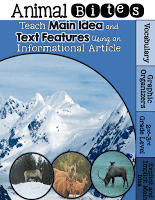





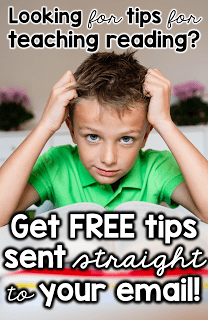
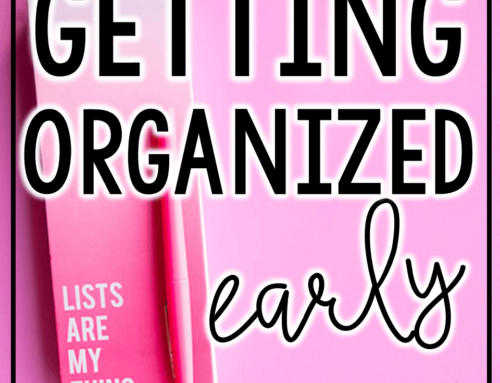

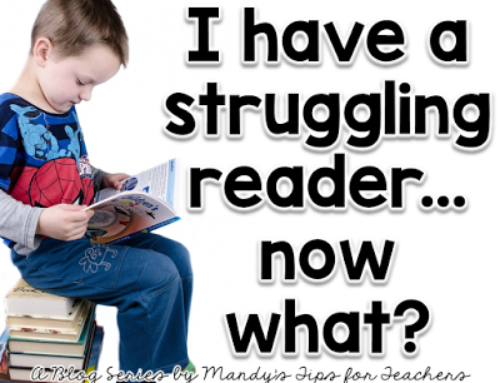
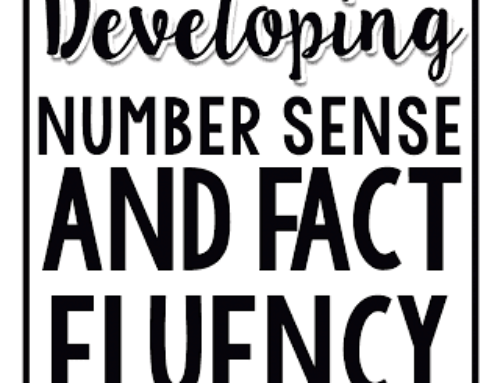

What a great way to scaffold instruction, support comprehension and engage students. Thanks!
Marlene
Seattle Horizontal Drilling Professionals